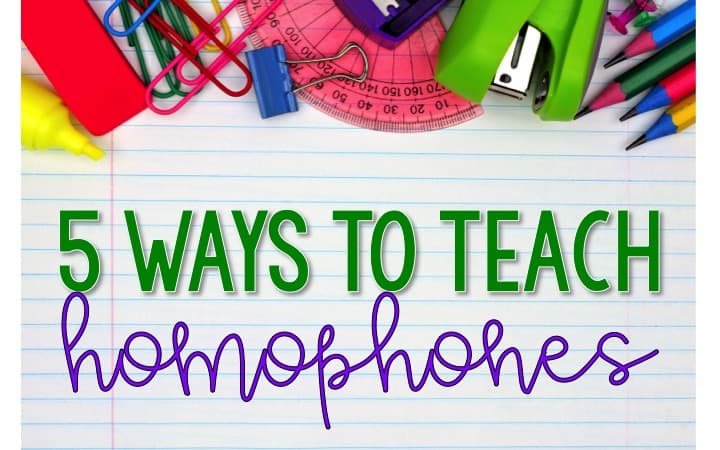Teaching adjectives and adverbs doesn’t have to be boring. In fact, there are many ways to make this meaningful and engaging for students. This can absolutely be embedded into your writing instruction. However, you may have times where your students need a little extra practice, so I’ve made a few activities to help you out.
Adjective Acrostic
To incorporate a little art, have students write their names vertically on a piece of construction paper. If you’d rather everyone work with the same letters, you could use your school’s mascot, such as “EAGLES” or even grade level “THIRD GRADE”. Students should then write an adjective for each letter of their name that describes themselves.
Allow students to decorate their construction paper when they finish.
You can also use one of the included pre-made templates. This can save you a little time.
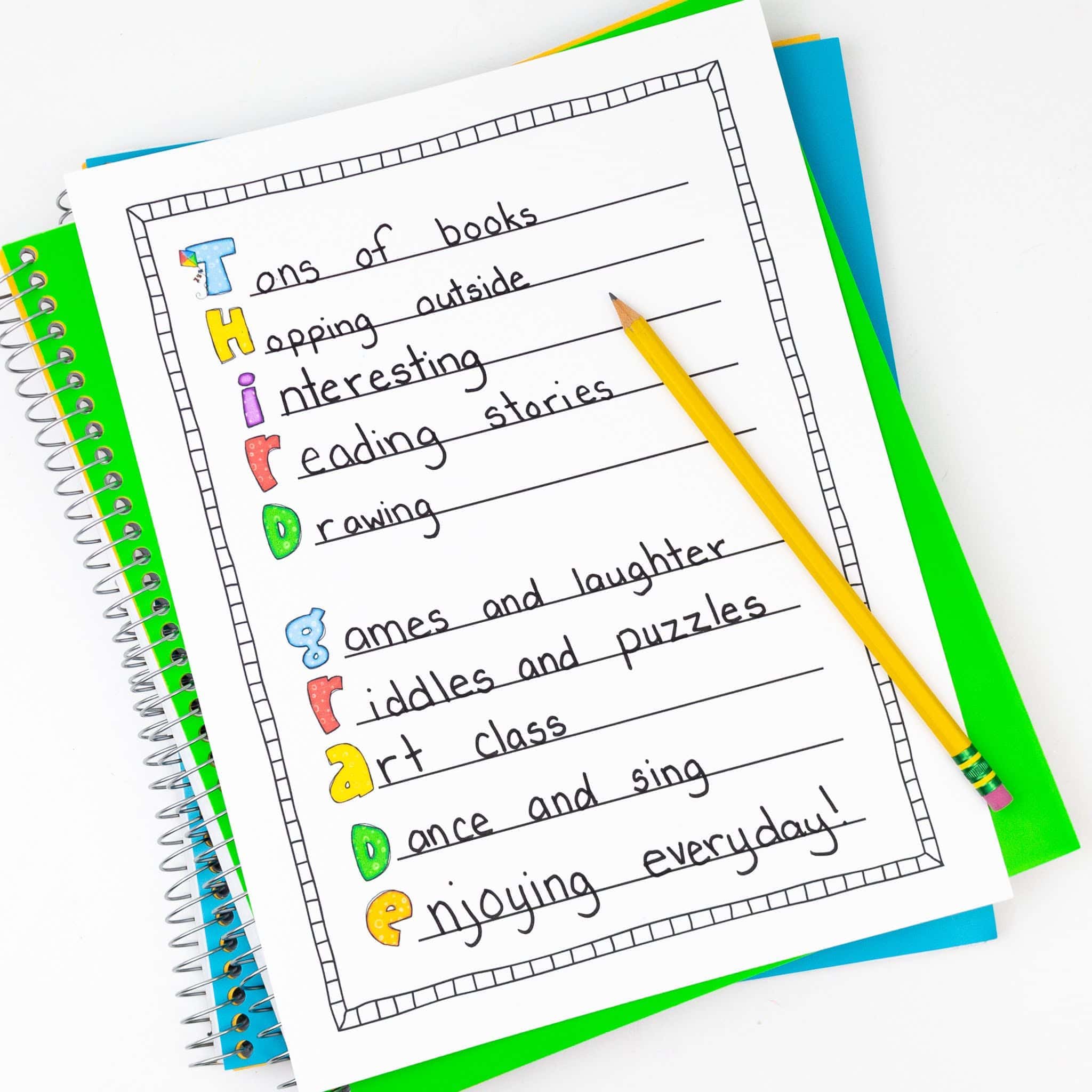
Adjective Wordle
Here’s another great way to integrate social studies and science with language arts, as well as integrate technology into your instruction! I use this to reinforce my habitats unit, but this can be used with almost any social studies and science topic. Have students write 15 adjectives to describe the noun being studied. For example, if we’re studying swamps, my students have to write 15 adjectives that describe a swamp. Make sure students check for spelling mistakes, because it is important that all words are spelled correctly. Students should then use a computer to create their own Wordle. Students can save their Wordle, and they can be printed to create an adorable display.
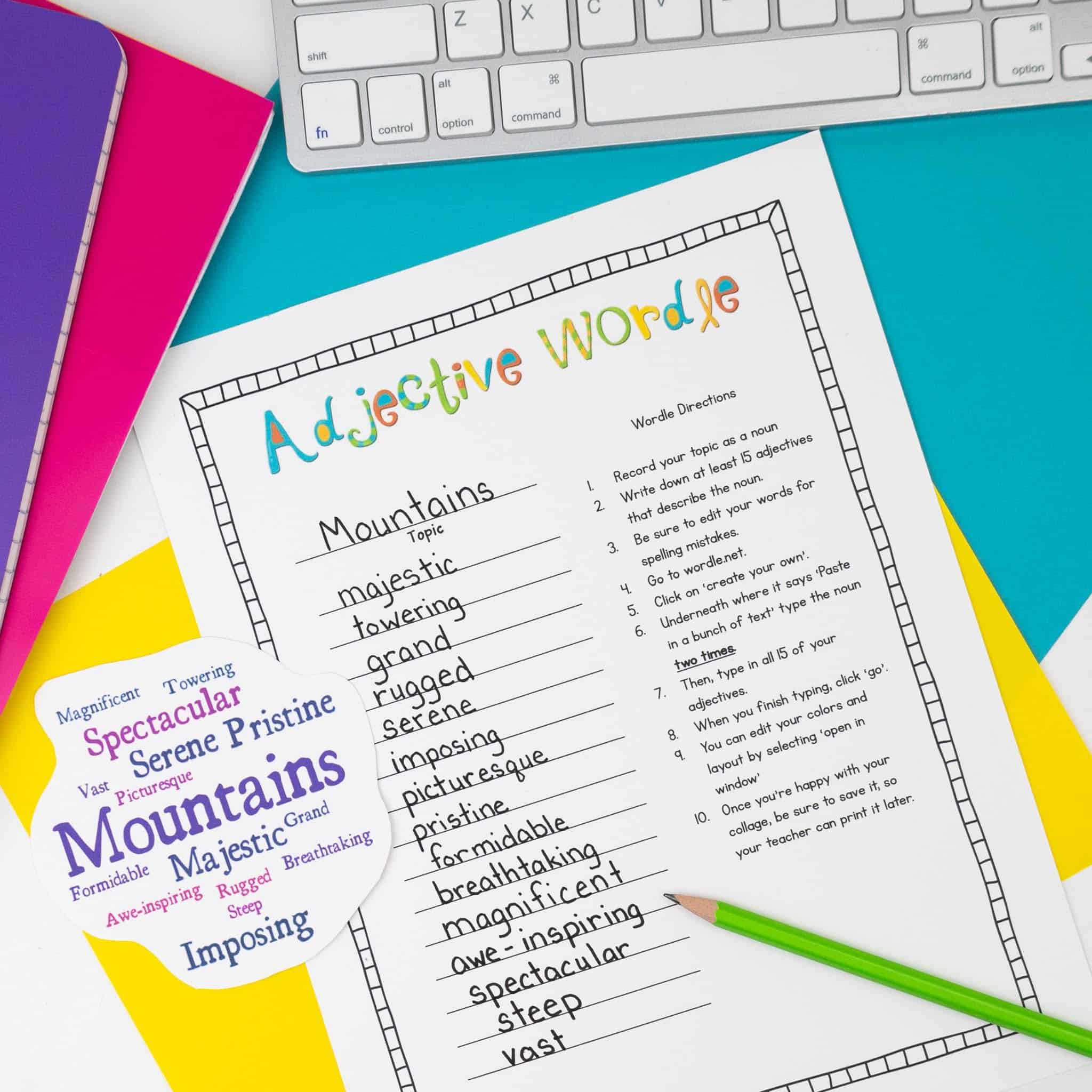
Adjective Practice
Task cards are a great way to practice and review. This can be done digitally or on paper.
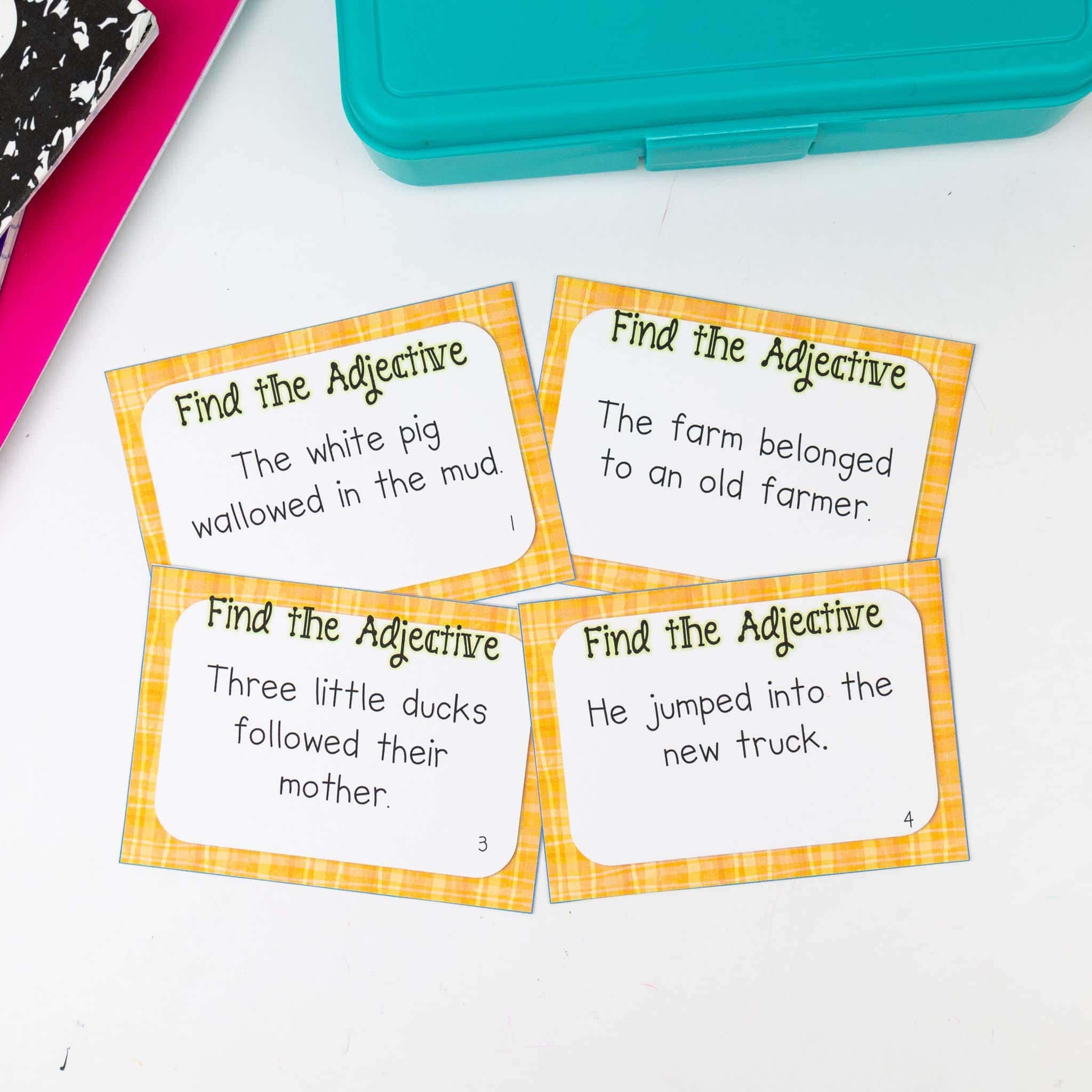
There are also task cards for comparative and superlative adjectives.
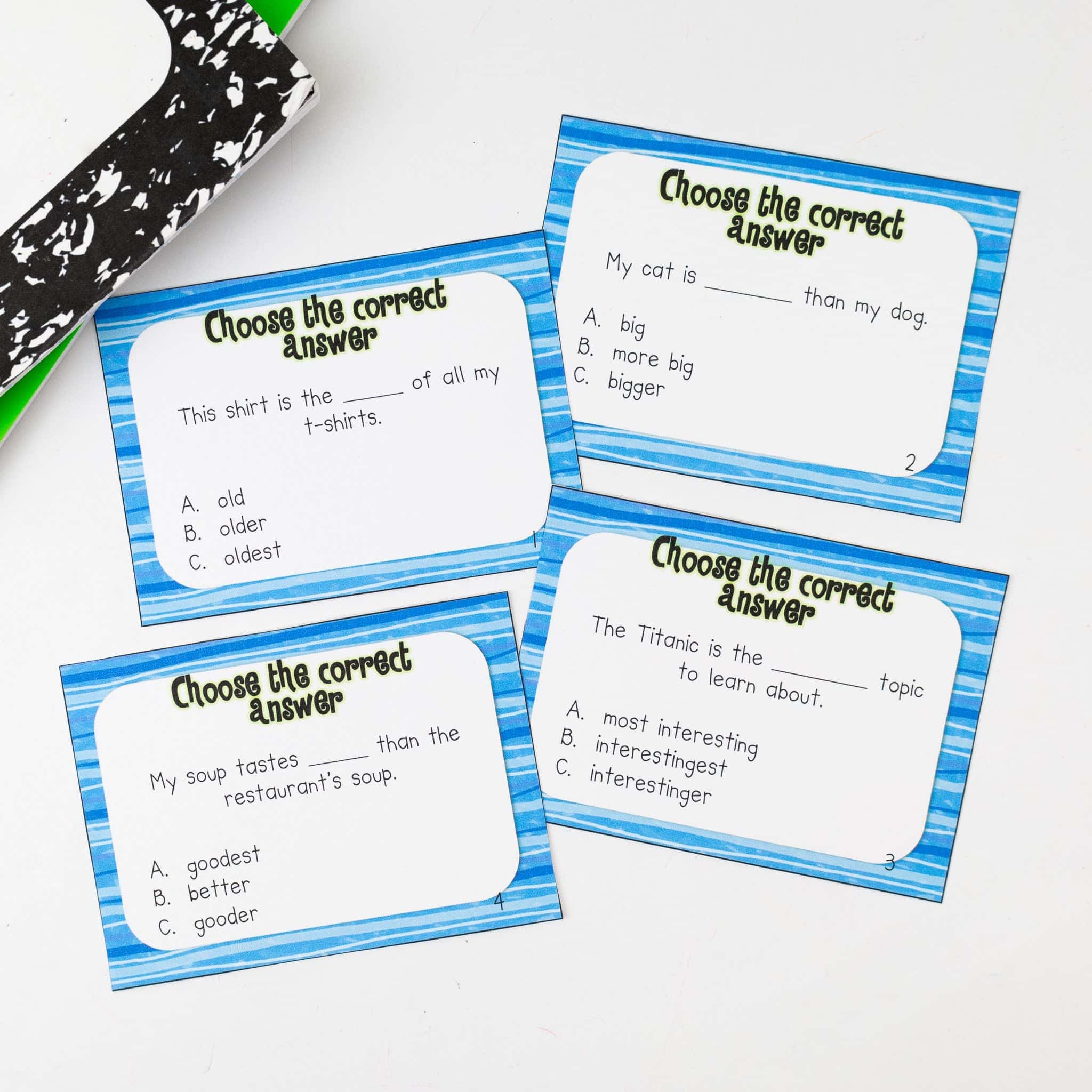
A great way to review adjectives is with this Guess My Noun Game. Player One should look around the room and choose a noun that is clearly visible and write it down secretly on the back of a piece of paper. Then, Player One write an adjective in the “Adjective” column. Player Two should try to guess the noun by writing their guess underneath “Noun Guessed”. Continue the same steps until Player Two guesses the correct noun. Then, it is Player Two’s turn to identify a noun.
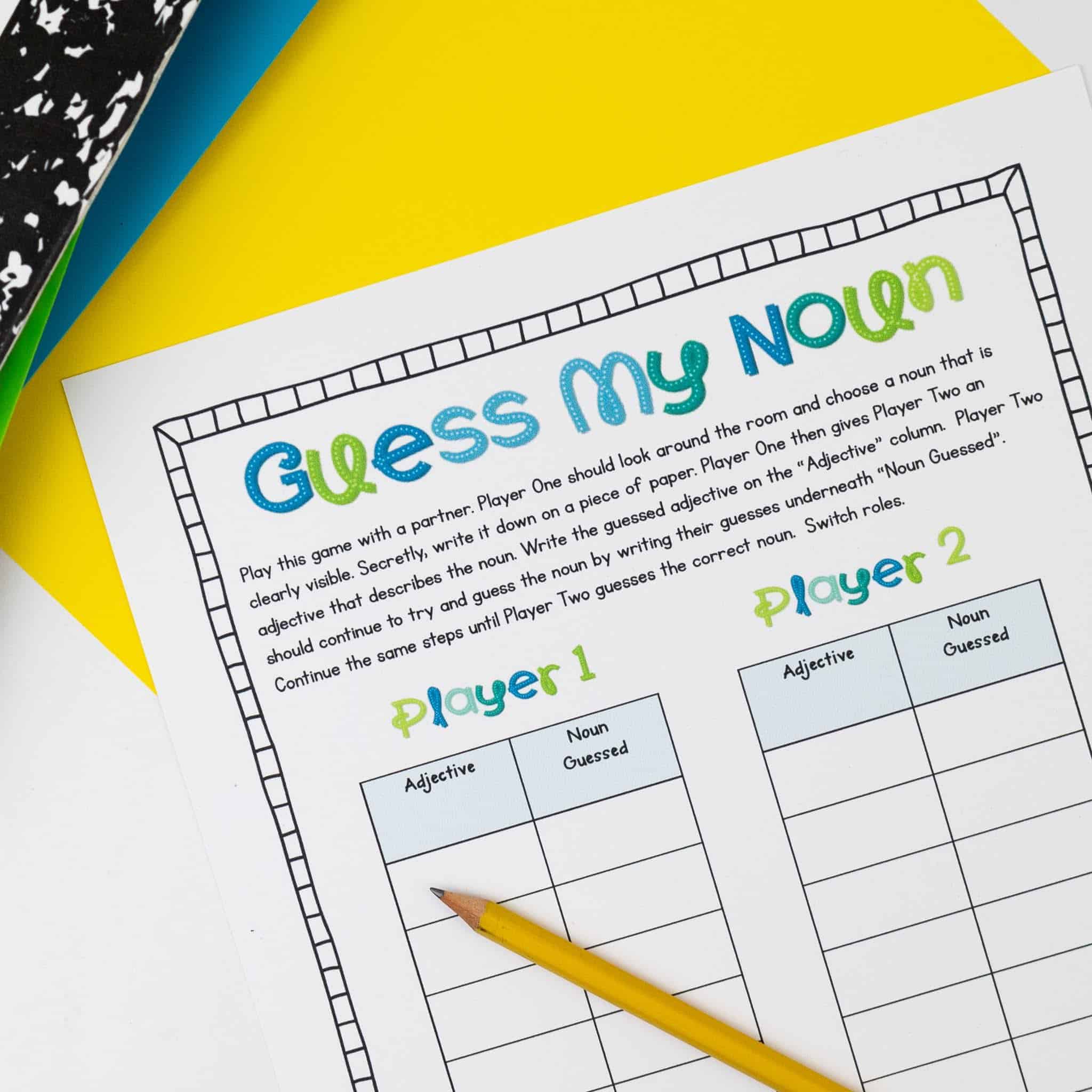
Adverb Charades
Adverb charades are a great way to review adverbs. Students can play this game just like they would play charades. However, instead of choosing a noun, students must choose what adverb is being acted out. Select one student to be “it” and have that student draw an adverb charade card. Show the card to the student, without letting anyone else see the card. The student should act out the adverb until another student is able to guess the adverb. The student who guesses correctly should have the next turn.

Adverb Scavenger Hunt
One option for completing this adverb scavenger hunt, is to allow students to go outside with their recording sheet to look for examples of listed adverbs. For example, if one of the adverbs is “fast”, the student should look for someone or something that is moving fast. The student would then record what they saw on the recording sheet. I really enjoy this method, because it gets students up and moving around, which helps students internalize the concept of adverbs. However, if going outside or other areas in the school is not practical for your students, provide students with a large collection of picture books. Students can then browse through the books to find examples of images of or representations of the given adverbs.
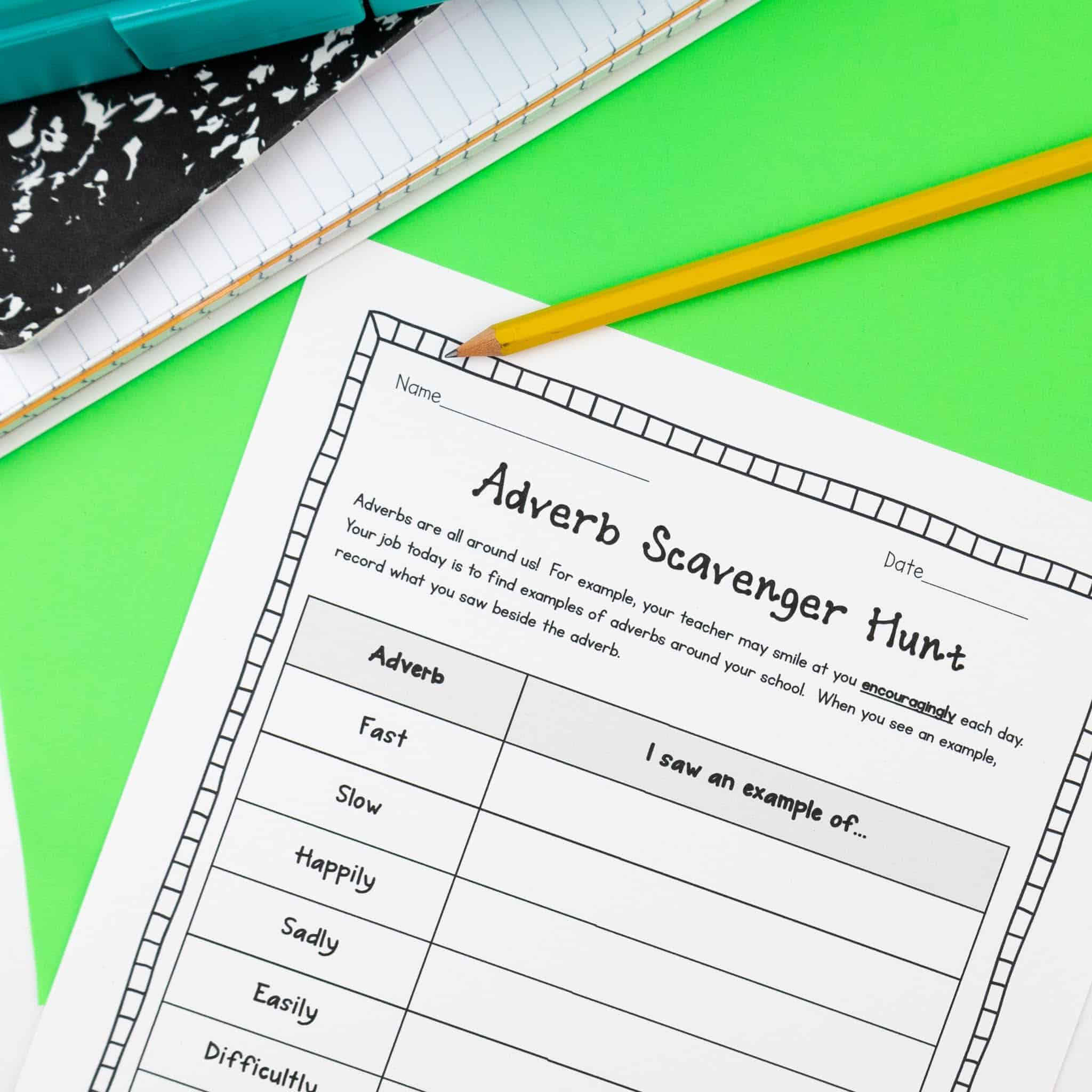
A similar activity would be when students go on an adverb search to look for examples of adverbs in books they are currently reading.
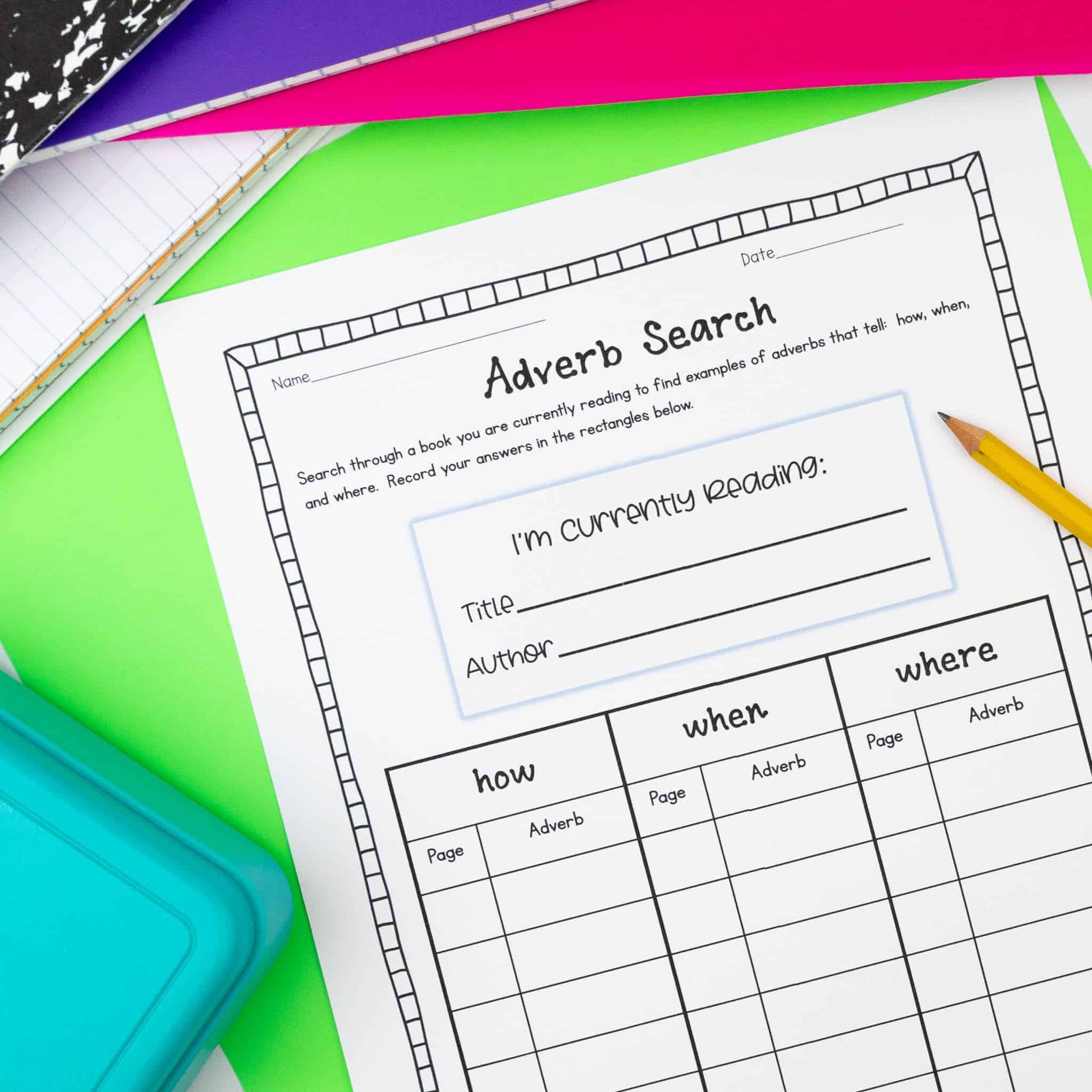
Change It Around
I like to have students practice rewriting sentences that use the description as an adverb. It’s a great way to help students think about sentence structure.
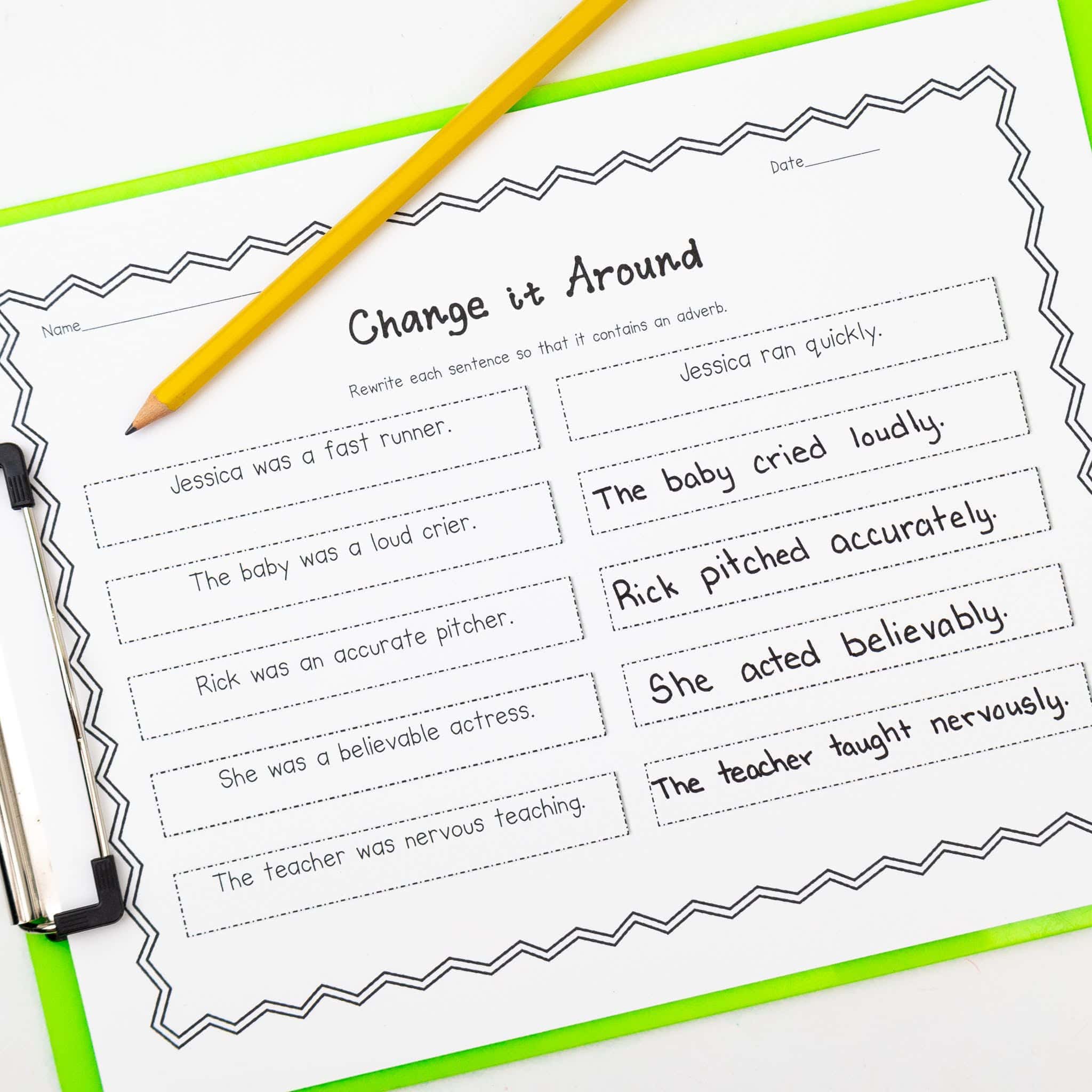
Color Coding
I love to have students color code different types of adverbs. They underline adverbs that tell where with red, adverbs that tell when with green, and adverbs that tell how with yellow.
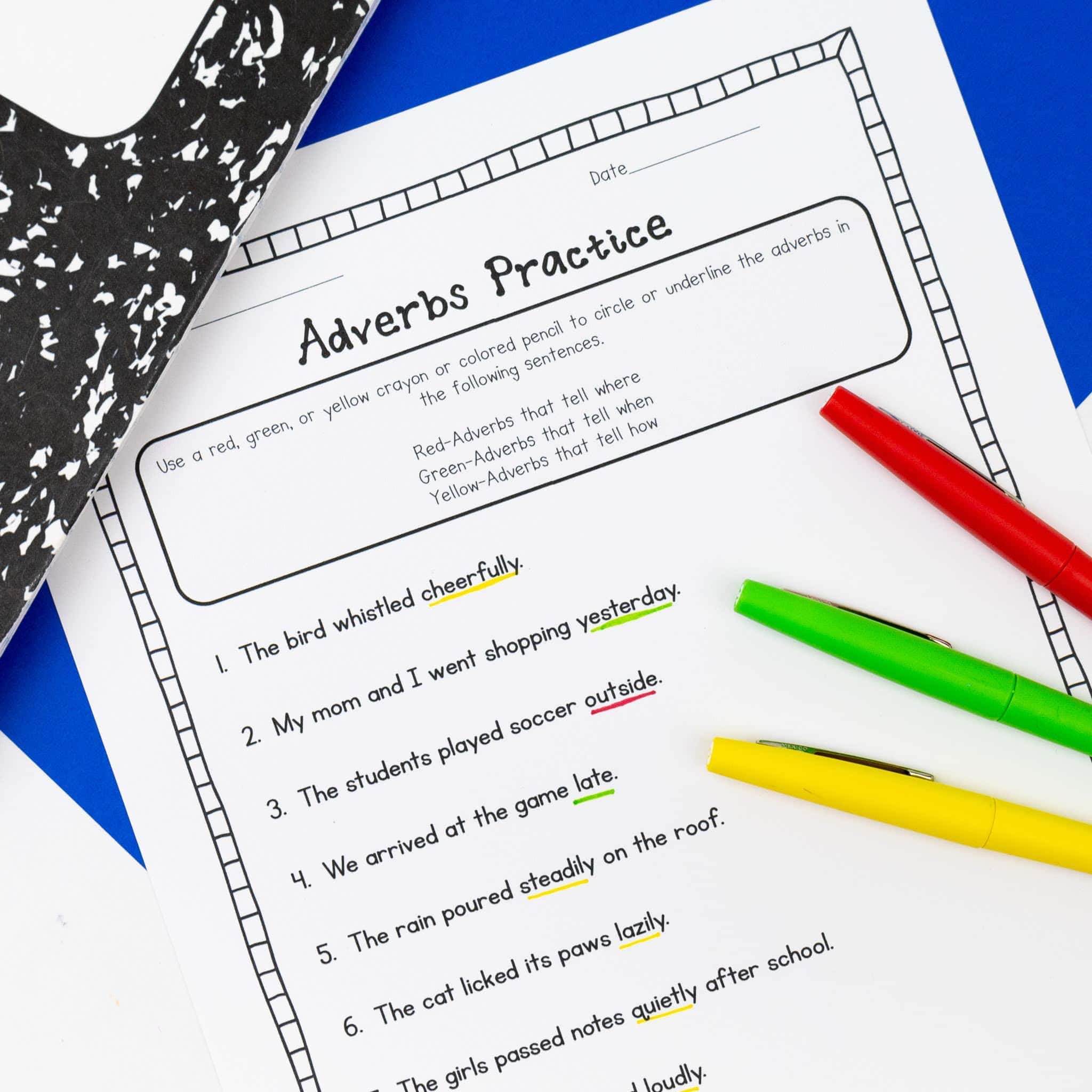
Adverb Review
Students can review adverbs with task cards. These can be completed digitally or on paper.

After Teaching Adjectives and Adverbs
After teaching adjectives and adverbs, you can review through game-like activities.

Students also love this categories game. They use a paper clip and pencil to make a spinner. Students write the letter where the paper clip landed on the left column of the recording sheet. The student will name a word for each category that starts with the letter rolled. They roll again and repeat the same process for each row of the recording sheet.

Each of the activities (and much more) are from my Adjectives and Adverbs Unit that was written for third grade students but could be used with other grade levels. If you’d like to read more about teaching parts of speech, be sure to check out this post.



